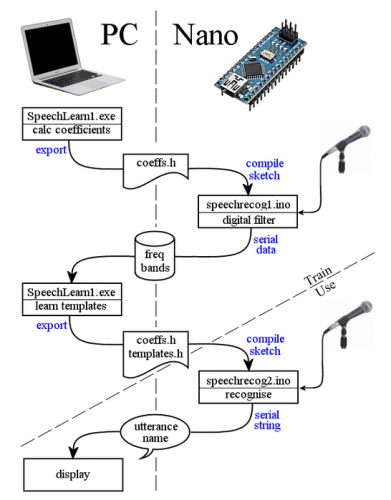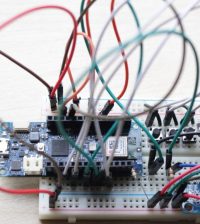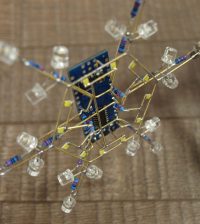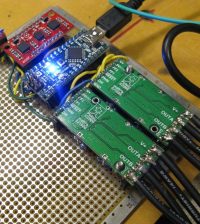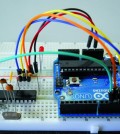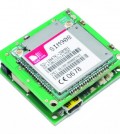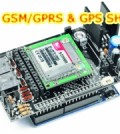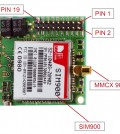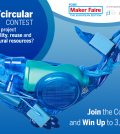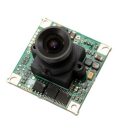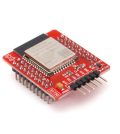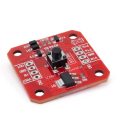- makeITcircular 2024 content launched – Part of Maker Faire Rome 2024Posted 1 month ago
- Application For Maker Faire Rome 2024: Deadline June 20thPosted 3 months ago
- Building a 3D Digital Clock with ArduinoPosted 8 months ago
- Creating a controller for Minecraft with realistic body movements using ArduinoPosted 8 months ago
- Snowflake with ArduinoPosted 9 months ago
- Holographic Christmas TreePosted 9 months ago
- Segstick: Build Your Own Self-Balancing Vehicle in Just 2 Days with ArduinoPosted 9 months ago
- ZSWatch: An Open-Source Smartwatch Project Based on the Zephyr Operating SystemPosted 10 months ago
- What is IoT and which devices to usePosted 10 months ago
- Maker Faire Rome Unveils Thrilling “Padel Smash Future” Pavilion for Sports EnthusiastsPosted 11 months ago
Speech recognition with an Arduino Nano
Peter Balch, reading an IEEE report on speech recognition from the late 1970s, wondered if, with a normal Arduino Nano, it was possible to obtain the results of a computer of the time.
Comparing the two tools a Nano has 2 KB of RAM, 32 KB of program ROM and runs at about 10 MIPS (depending on the instruction mix); the type of computer people used at the time ran from 0.5 to 8 MIPS and had 2K to 32K of memory split between program and data. Is it then possible to get any results?
For this project, you will need an Arduino Nano (or Uno or Mini or similar as long as you use a 16 MHz ATmega328), a microphone and an amplifier for the microphone. In this case we use the MAX9814 microphone amplifier because it has an ACG.
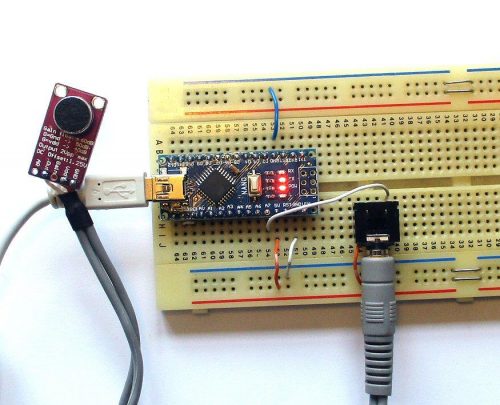
The final result is, under ideal conditions, 90% to 95% correct recognition, which is roughly what people were getting in the 1970s. As for the overall software system, the training is performed on a PC but the trained system is performed entirely on the Arduino. Below is a summary image.
